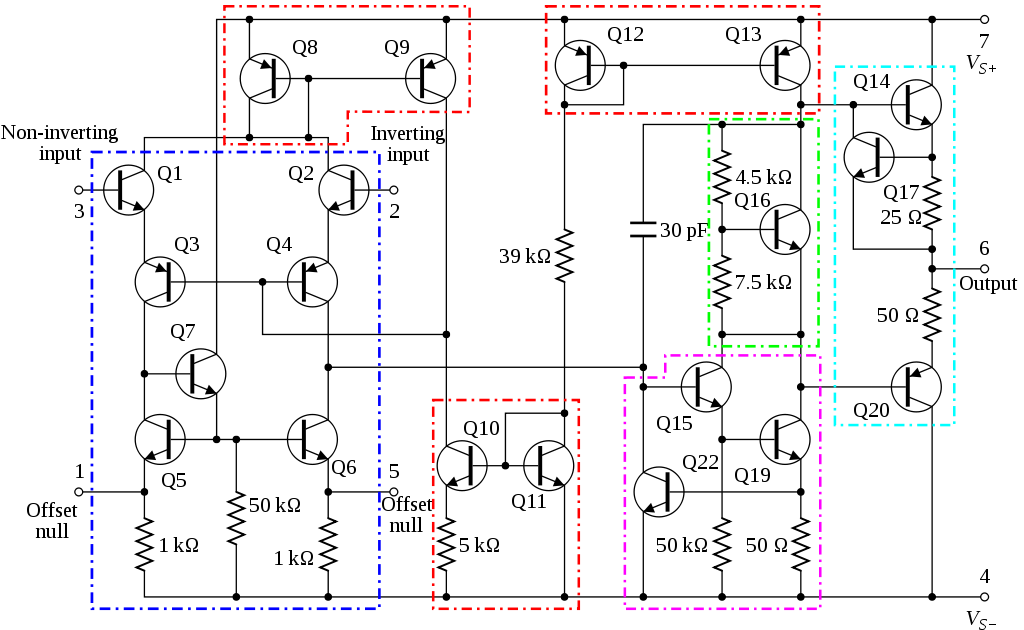Except that the people responsible for buying speakers for recording studios don't know far more than you when it comes to buying speakers.
Marketing trumps engineering excellence in terms of getting market share. Always has done, probably always will.
Do not ever use market share as a basis to rule in or rule out any audio component for your personal use. Especially not ones costing thousands of pounds.
Recording studios are just as prone to good marketing as anyone else.
And you only have to look at the ubiquitous use of over compression by the music industry over the last 25 years to realise that studios - as part of this industry - don't give a .... about sound quality.
In the 1950's to 1970's the vast majority of American recording studios used JBL or Altec speakers. Speakers like the Altec 604 are better in some key repsects: dynamics and midrange clarity (especially vocals) than ATC 100's.
Regarding op amps. In hi-fi less is more, when you can get away with less.
What's in an op-amp? Well that will depend on the op amp.
Going to the wiki page on op amps there's a circuit diagram for the 741 op amp:
https://en.wikipedia.org/wiki/Operational_amplifier
Count how many transistors the signal path goes through between the input and the output in this op amp. It's a lot.
Op amps are not compatible with the less is more approach to amplifier and crossover design.


